Kalwabed Rizki, May 06, 2021 — 3 min read
Notion as headless CMS
Update 19 August, 2021. Notion has provided facilities to developers in the form of an official API that we can use to access data on our Notion. In the future I recommend using the official API from Notion. But you can still refer here using the Serverless Wrapper from Splitbee if you need.
Here we will try to create a simple website, using Notion as a headless CMS to provide the data. You are free to use any technology that supports server-side-rendering, but I will try to implement it with Nextjs because this API can only be called via the server side.
Headless CMS
Referring from Wikipedia:
A headless CMS makes content accessible via an API for display on any device, without a built-in front-end or presentation layer.
So, we make the user interface display, then we will receive data from the headless CMS which we will process later on the frontend.
Notion
Notion is a place where we can create records, databases, and more. A place that I use every day, and almost for all matters, such as: keeping notes, to-do, ideas, to a small project manager 😂
If you’ve never tried it I suggest you give it a try!
The all-in-one workspace — for notes, tasks, wikis, and databases. -@NotionHQ
Let’s Play!
I assume that you already understand the basic concepts of Javascript, and the API.
We will list the names of invited guests and their addresses, with the format: name, address.
Step 1
Create a new page (anywhere) and then we will make it a table to store our data later. After that, fill in the column names with: name, address.
Look at figures 1.1 and 1.2 below.

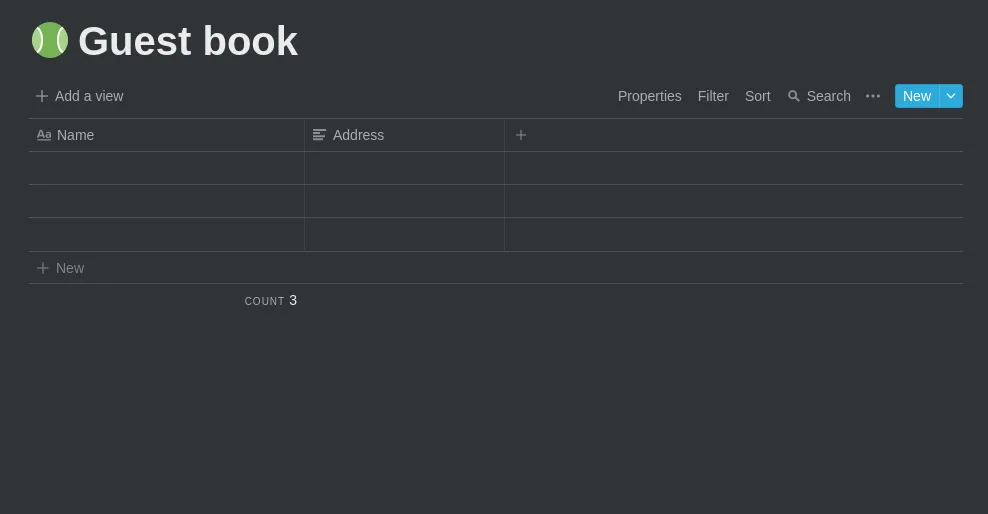
Step 2
We initial the data.
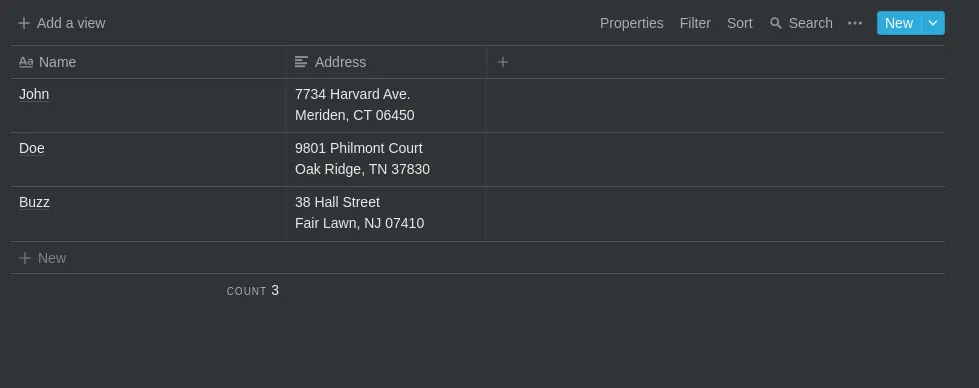
Step 3
How do we get data from Notion? Thank goodness there is https://github.com/splitbee/notion-api-worker. We can use the API or we can host it ourselves to get data from our Notion page. In the endpoints section, we will use the API to get data from the table (https://github.com/splitbee/notion-api-worker#load-data-from-table).
The way it works is very easy, we only need the Id of our Notion page.
To get it, we just need to take the share link and then take our page Id. Pay attention to the image instructions below:
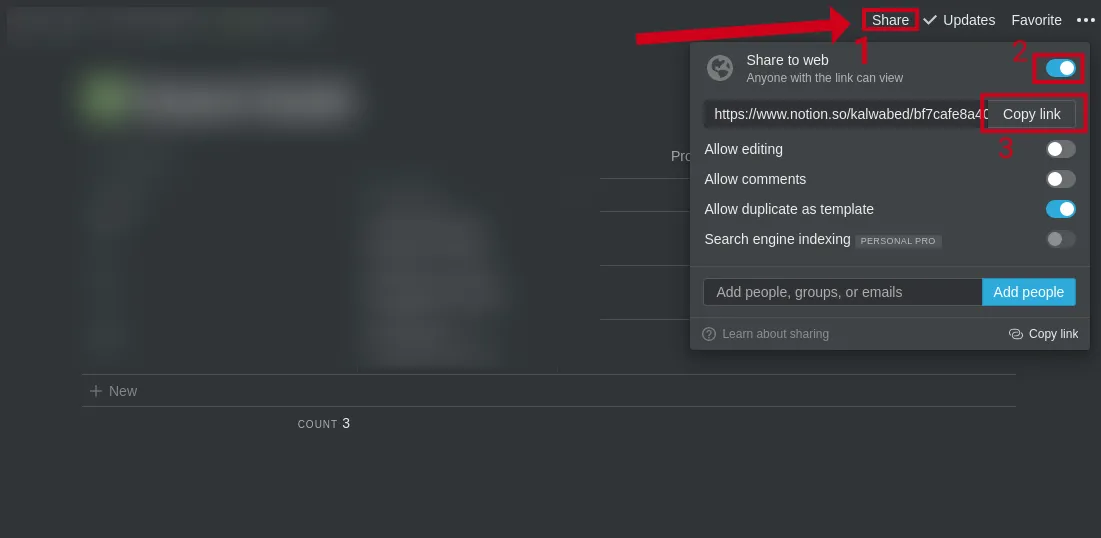
Step 4
After getting the link from the previous step we have to separate it to get the Id of our page.
For example, from my page link https://www.notion.so/kalwabed/bf7cafe8a4004459849614159bd7a8f7?v=9b5dae324a1f468589daca73ed100531, then our page Id is in the section after the username, that is bf7cafe8a4004459849614159bd7a8f7.
To test whether it is correct or not, please visit: https://notion-api.splitbee.io/v1/table/<your page id> (replace <your page id> with your page id).
If there are no problems, then the results in the browser will be as shown below:
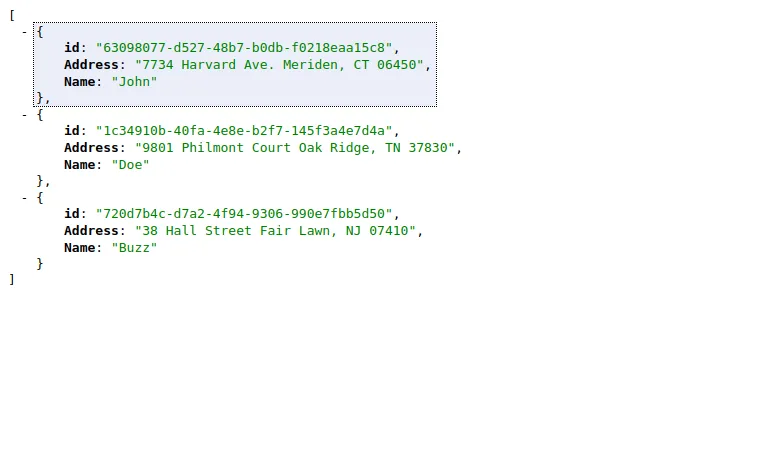
If an error occurs, make sure the page id and url you entered are correct, then try again.
Last step
We’re going to start getting into the code.
As I said before, you are free to use any technology that supports server-side-rendering, but here I will give an example using Nextjs because this API can only be called via the server side., CMIIW.
This time I will use Nextjs SSR to get the data from the server side, like this:
export async function getServerSideProps() {
const res = await fetch(
"https://notion-api.splitbee.io/v1/table/bf7cafe8a4004459849614159bd7a8f7",
);
const guests = await res.json();
return { props: { guests } };
}So, the end result is:
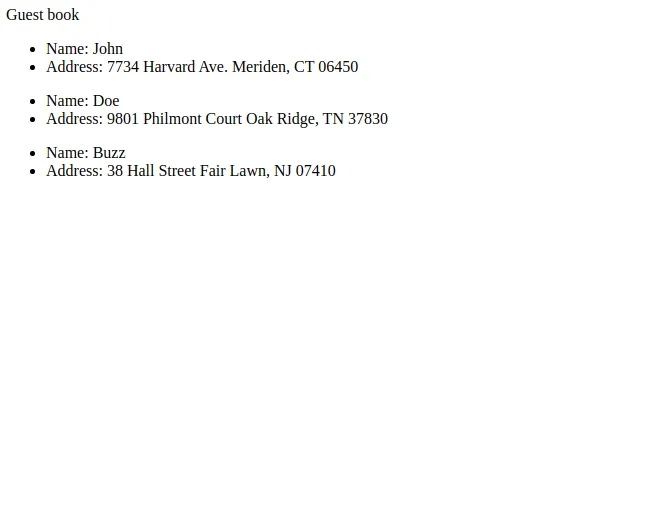
Look at Codesandbox
Conclusion
Notion can not only be used to store our records, but also provide data for our website as well.
I also use this technique to provide Bookmarks data on my website kalwabed.xyz, and it’s very helpful to keep the resulting data updated. Check the repository here.